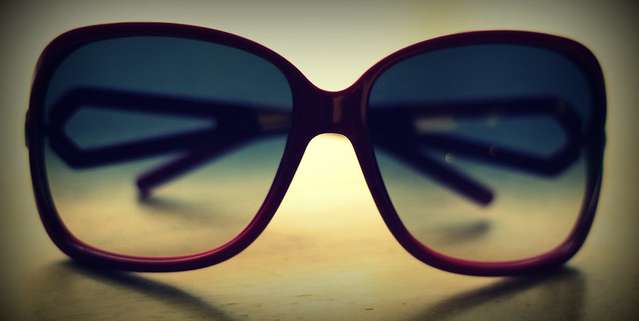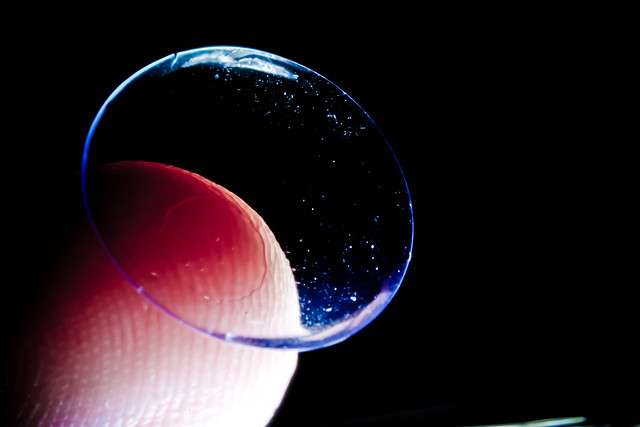
Eyewear serves and important role in vision correction, UV protection, and style. Monitoring of lens coatings using UV analysis is imperative for measuring color and reflectance value. Image Source: Flickr user Emma Royle
Did you know that 6 out of every 10 people around the world wear eyeglasses, contact lenses, or have had corrective eye surgery due to visual impairments? Even without the need for corrective lenses, tinted eyewear offers protection from the sun and is often a desired accessory for individual style. UV analysis plays an important role in ophthalmic eyewear because it provides the ability to measure a variety of lenses and coatings. Spectrophotometers are reliable tools for UV analysis because they are designed to quantify color, reflectance value, and UV protection in plastic, glass and contact lens wear.


